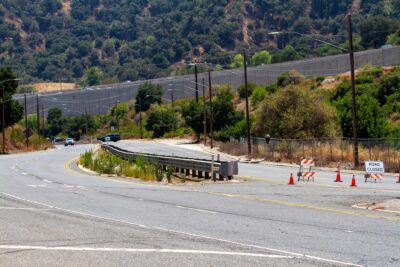
Constructing public events, sporting events, or gatherings in Europe involves navigating a maze of local regulations and standards varying from country to country. This cheat-sheet provides a quick, no-nonsense overview of the key regulations and requirements for building stands across different European jurisdictions in 2025, allowing organizers, planners, and constructors to maintain compliance, assurance of safety, and an issue-free project process.
Why Compliance Matters in 2025
Success in 2025 events requires adherence to local building regulations across Europe. Each country has its own regulations regarding safety, accessibility, and permits. Failure to comply can lead to hefty fines. For professional support and the most current guidance, visit https://expostandbuilders.com/.
Non-compliance often results in unexpected fines, last-minute work stoppages, and loss of reputation. Delays inflate costs and undermine client trust and brand reputation across globalized markets.
EU-Wide Baseline Rules You Can’t Ignore
In 2025, it is vital for every trade show exhibit company or exhibition stand builders to grasp EU-wide regulations. Harmonized standards ensure the member states adhere to safety, quality, and environmental standards.
- Construction Products Regulation & CE-mark essentials
All the construction elements must meet CPR requirements and be CE-marked, showing adherence to EU law.
- Temporary vs. permanent structures: the legal dividing line
Know whether your exhibition stand is regarded as temporary—these influences permit, taxes, and liabilities.
- New sustainability metrics: carbon counting and material passports
Carbon footprinting and tracked recyclables are integrated with eco-compliance.
Western Europe at a Glance
Exhibition stand contractors and exhibition stand experts must stay well informed about country-specific regulations within Western Europe to avoid time-consuming and costly holdups and stay safe.
Germany & Austria require precise wind load calculations and sanctioned engineer approval of stand stability, even for temporary installations.
France demands prefecture-issued permits, fire-resistant materials certified, and a ban on exhibition stand building on Sundays—a foremost concern for any compliance planning and project timing.
Northern Europe’s Extra-Tough Climate Codes
In Northern Europe, severe weather conditions make it even more crucial for exhibition stand design and every trade show booth manufacturer to comply. Regulations emphasize safety and stability.
Scandinavian countries adopt strict snow-load analyses to ensure that stands can withstand heavy accumulation, especially for outdoor or semi-outdoor buildings. In addition, mandatory worker safety briefings before build-up are now required by law, reflecting the region’s focus on occupational safety and climate-sensitivity exhibition stand design fashions in exhibition construction.
Southern Europe’s Heritage & Seismic Constraints
Regulatory compliance is mostly guaranteed by heritage conservation and natural hazard zones when planning event stands or offering exhibition solutions in Southern Europe.
In coastal areas of Spain and Portugal, there are strict dune and marine ecosystem preservation regulations, including minimum shoreface setbacks that can influence stand location.
Italy has policies regarding the location of show stands relative to the preserved heritage areas, including neutral shades for the stands’ facades to blend into the historic environment.
Central & Eastern Europe’s Paper Trail
Stand construction in Eastern and Central Europe is under strict documentation and compliance protocols. For exhibition company, an understanding of local bureaucratic needs is essential to guarantee the success of a project.
In Polish and Czech territory, officials may also insist on on-site inspections before, during, and after building. Object exhibits need detailed logbooks that record the use of materials, safety checks, and structural qualifications. They should be available on-site at all times. Failure can lead to immediate cessation of work, penalties, or denial of final permits, delaying deadlines and reputations.
Common Pitfalls & How to Dodge Them
Even experienced trade show booth builder for event stands can be in trouble if proper planning is not followed. Avoid these traps to save time, money, and reputation.
- Inadequate or incorrect paperwork at borders—particularly ATA carnets and itemized manifests—can delay shipments by days or result in thousands of dollars in penalties.
- Certain stands have collapsed due to underestimating the weather’s loads. Adhere to local weather codes at all times, especially in seashore or alpine regions.
- Uncertified cable or overloaded circuits can invalidate event insurance and present serious fire risks. Always use licensed electricians.






